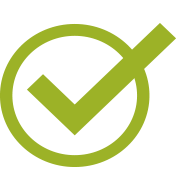Catalog Description
Also known as AAD 73
Advisory: Completion of AAD 70, or AAD 75, or AAD 79 with grade of "C" or better
Hours: 90 (36 lecture, 54 laboratory)
Description: Introduction to the tools, concepts, and processes for digital art creation with an emphasis on experimental animation, multimedia, digital art, and new genres. Topics include the integration of traditional design, color, and compositional principles with contemporary digital tools in an art studio context. (CSU, UC)
Course Student Learning Outcomes
Effective Term
Course Type
Contact Hours
Outside of Class Hours
Total Student Learning Hours
Course Objectives
General Education Information
- Approved College Associate Degree GE Applicability
- CSU GE Applicability (Recommended-requires CSU approval)
- Cal-GETC Applicability (Recommended - Requires External Approval)
- IGETC Applicability (Recommended-requires CSU/UC approval)


